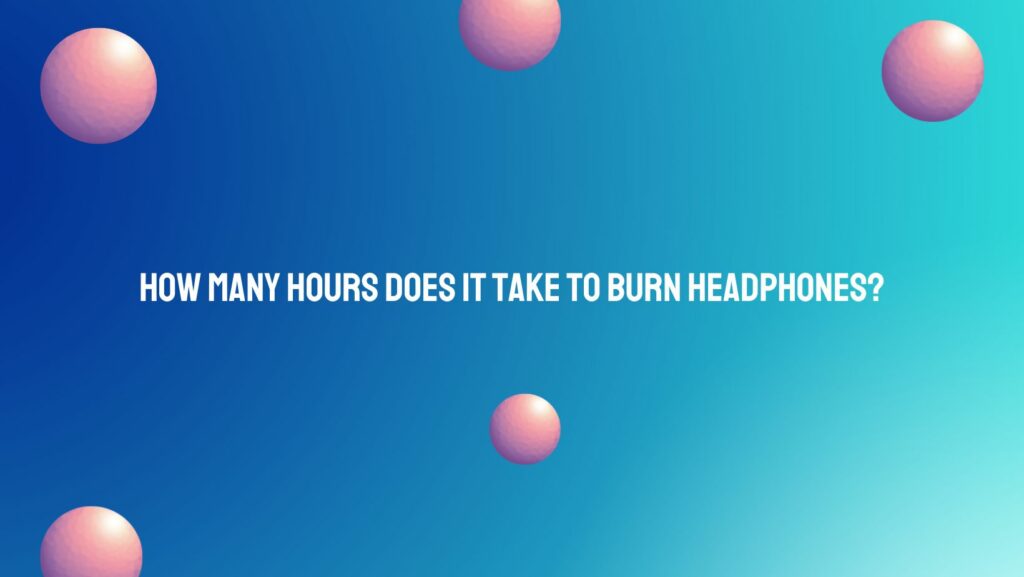In the age of constant connectivity and immersive audio experiences, headphones have become indispensable companions in our daily lives. From wireless earbuds to noise-canceling over-ear designs, these devices serve as portals to our favorite music, podcasts, and virtual meetings. However, amidst our reliance on them, one question often arises: How many hours does it take to burn out headphones?
The lifespan of headphones is influenced by various factors, including build quality, usage patterns, and maintenance practices. While some may endure years of faithful service, others may succumb to wear and tear sooner than expected. Understanding the dynamics of headphone longevity can help users make informed decisions and extend the lifespan of their devices.
One critical aspect to consider is the construction and materials used in headphone manufacturing. High-quality headphones crafted from durable components tend to withstand prolonged use better than their cheaper counterparts. Features such as reinforced cables, sturdy hinges, and robust drivers contribute to overall durability and resilience against daily wear.
However, even the most well-built headphones are not immune to the effects of time and usage. The lifespan of headphones can vary significantly based on usage patterns, with heavy usage accelerating wear and tear. Continuous playback at high volumes, exposure to extreme temperatures, and frequent bending and twisting of cables can all contribute to premature degradation of headphone components.
Moreover, the type of headphone and its specific technology can influence longevity. For instance, wireless headphones powered by rechargeable batteries may experience degradation in battery life over time, requiring replacement or repair. Similarly, active noise-canceling headphones rely on intricate circuitry and sensors, which are susceptible to wear and malfunction with prolonged use.
While there is no definitive timeline for headphone burnout, certain warning signs may indicate impending failure. Crackling or distorted audio, intermittent connectivity issues, and physical damage to the headphone housing are all red flags that warrant attention. Ignoring these symptoms may lead to further deterioration and ultimately render the headphones unusable.
To maximize the lifespan of headphones, proper care and maintenance are paramount. Storing headphones in a protective case when not in use, cleaning ear pads and cushions regularly, and avoiding exposure to moisture and extreme temperatures can all help prolong their longevity. Additionally, adhering to recommended usage guidelines, such as taking regular breaks and avoiding excessive volume levels, can mitigate stress on headphone components and prevent premature failure.
In conclusion, the lifespan of headphones is influenced by a myriad of factors, including build quality, usage patterns, and maintenance practices. While there is no definitive answer to how many hours it takes to burn out headphones, understanding the dynamics of headphone longevity empowers users to make informed decisions and extend the lifespan of their devices. By investing in high-quality headphones, practicing proper care and maintenance, and being mindful of usage habits, users can enjoy their audio companions for years to come.

